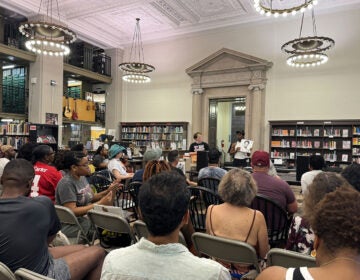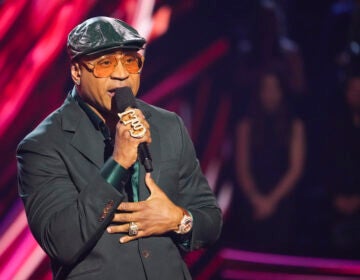Review: The flash (and not) of ‘Flashdance’
-

-

-

-
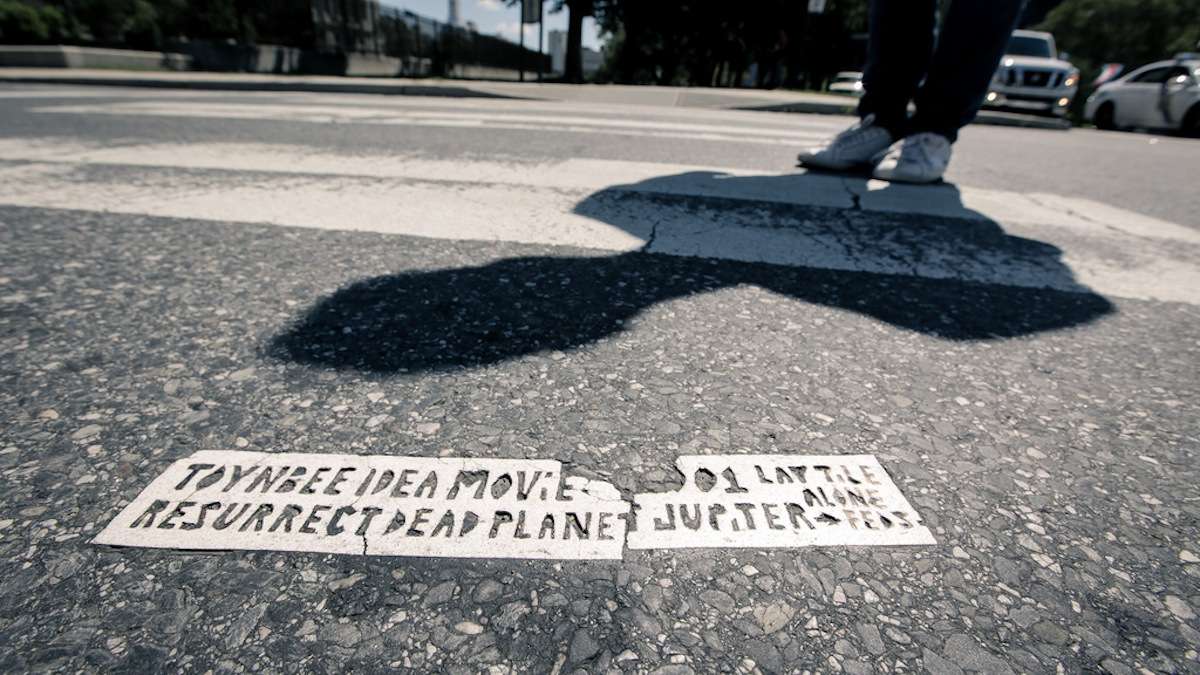
Raj Haldar stands in front of a recent tile near Logan Circle, Philadelphia. (Image courtesy of Weathervane Music/Peter English Photo)
-

-

-

-

-

-
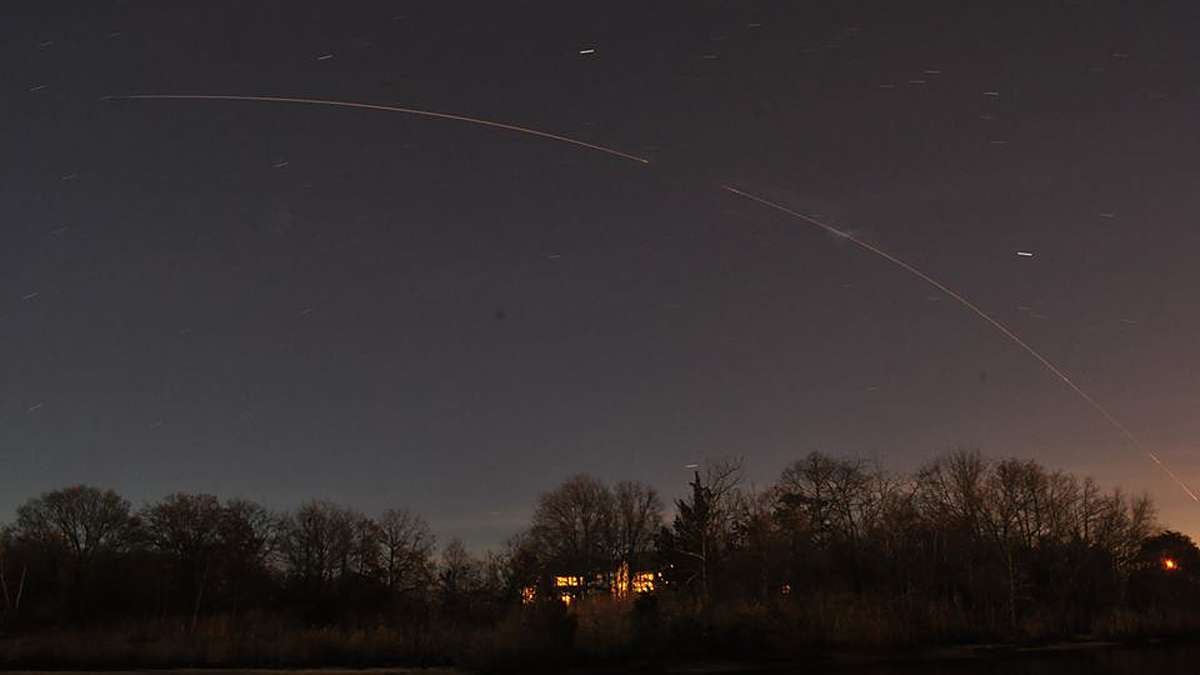
-
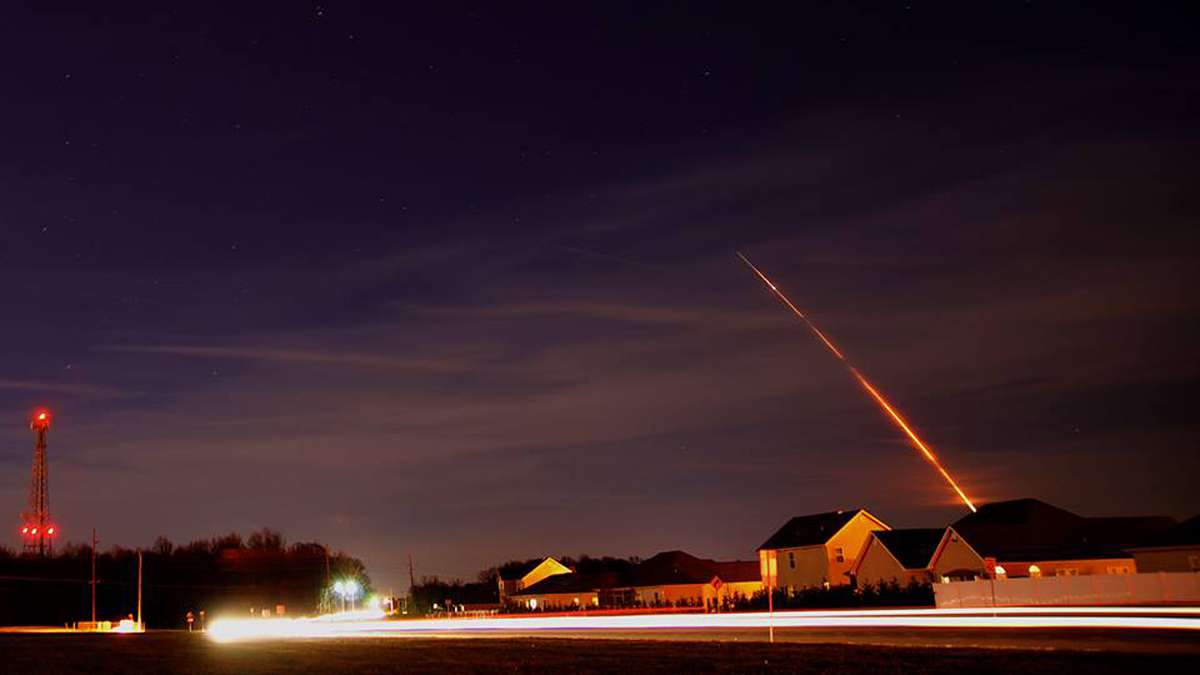
-
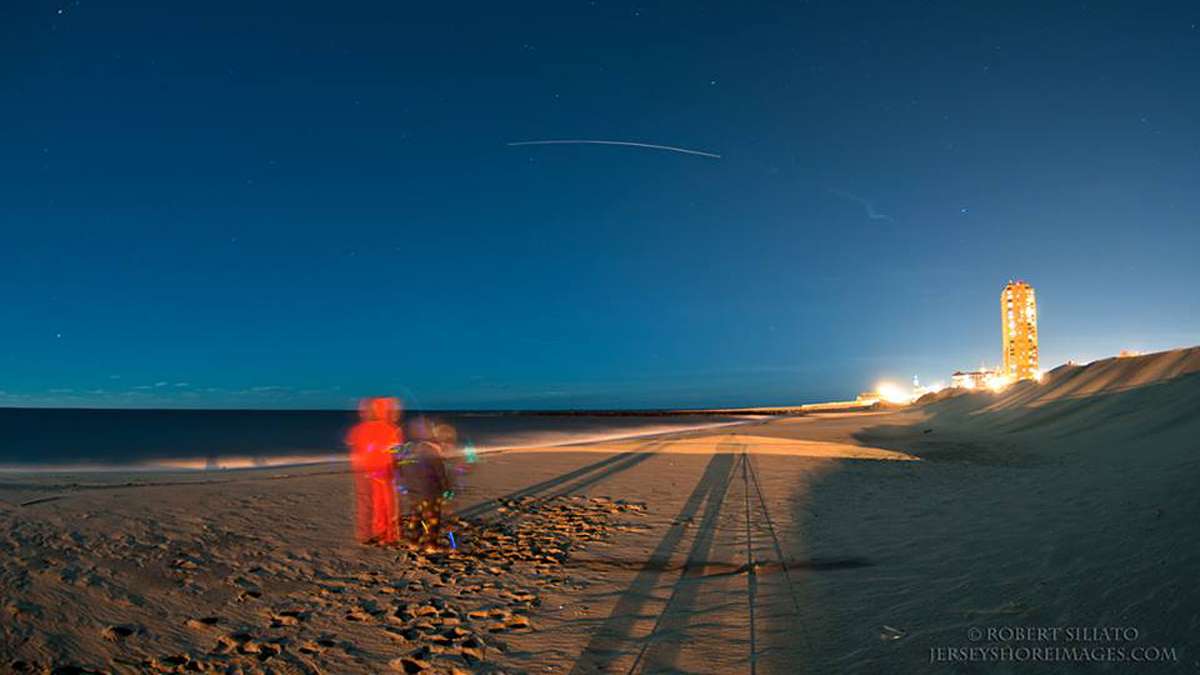
-

-

-

-

-
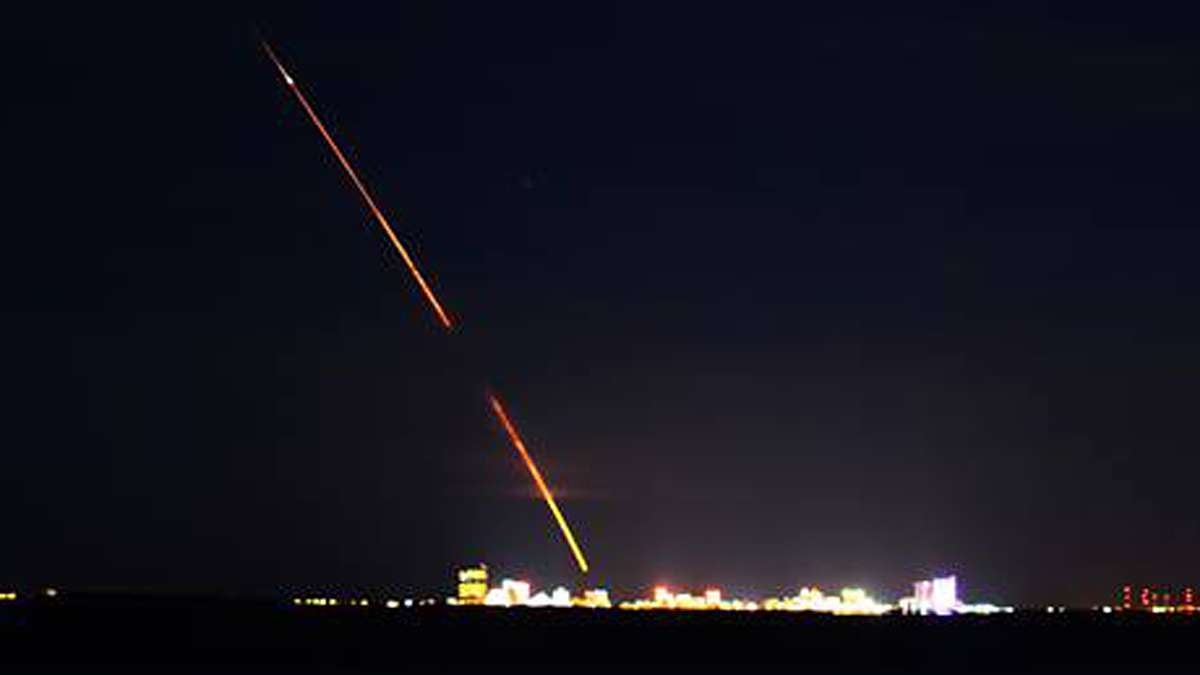
-
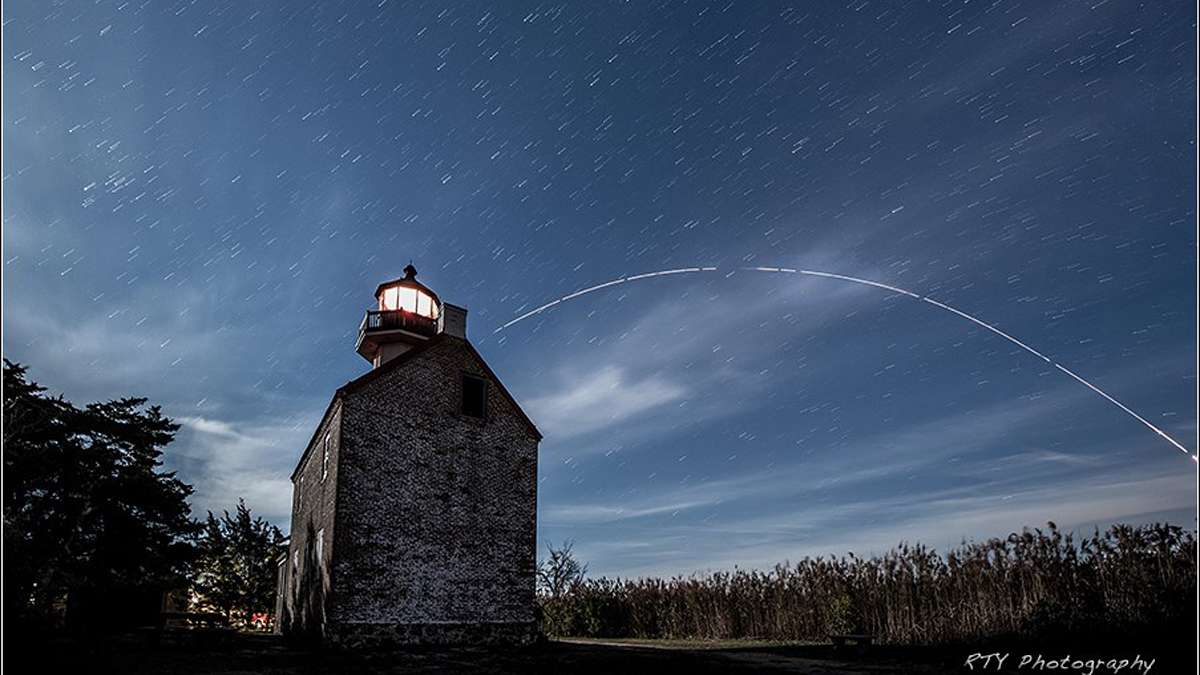
-

-

-

This just in, from the stage of “Flashdance: The Musical” at the Academy of Music: The three majestic rivers that define the spines of Pittsburgh do not swiftly flow from any force of nature. They flow because of the dancing. Pittsburgh, the setting for “Flashdance,” vibrates because the city dances – furiously, all the time, on the streets, at work, in the clubs, everywhere.
If I knew that Pittsburghers were so openly kinetic, I would have gone there more when I was young, growing up just over the Alleghenies in Altoona. Even as a kid, though, I could see the division in class that steel had birthed: the many neighborhoods of shot-and-a-beer residents who breathed daily fire in those mills and the owners and merchants and professionals who shared the city with them. All of them – even the old-moneyed scions – had aspirations, the value at the heart of “Flashdance” and also of Pittsburgh, etched into its history.
The sweet “Flashdance,” with a pedestrian script whose one-liners frequently fizzle before they’re fully delivered, has aspirations, too, to end up on Broadway this spring. The show already credits a phalanx of high-powered Broadway designers including Paul Tazewell (superb costumes), Klara Zieglerova and Peter Nigrini (scenery and projections that make Pittsburgh industrial) and Howell Binkley (spot-on lighting). Its Broadway opening has now been delayed three times. “Flashdance,” in its current state, is one of those rare theatrical birds – a high-end extensive national tour but not yet a New York production.
The tour began, understandably, in Pittsburgh in January and hit Philadelphia on Tuesday night. This “Flashdance” has been heavily re-written from the version that toured Britain in 2008 and settled into London’s West End. It still contains all the songs that became hits from the 1983 movie, itself a dark-horse success story.
The show has a more complex plot than the movie. In both, a working-class woman named Alex (the all-around talented singer-dancer-actress Jillian Mueller) dreams of becoming a trained dancer in a classical academy. She’s a steel-worker by day, an exotic dancer in a go-go club by night. Watching Mueller move frenetically to the industrial-strength choreography of Sergio Trujillo (“Jersey Boys”), who also directs the show, you have to wonder just what her character thinks she could learn at such an academy and where it would lead her. But she’s busy preparing, in any case, for a hard-to-get audition.
The guy who chases after her is, as in the film, her new boss, Nick — the grandson of a celebrated Pittsburgh family that owns the steel mill. In the show, he’s given a parallel plot because the mill must downsize and grandpop orders him to lay off workers. He devises a plan – we never know what it is – to save them, and must sell it to the factory’s board of directors, just as Alex must sell her talent to the dance academy. Nick is portrayed by Corey Mach, an actor who projects sincerity and sings in a beautiful tenor.
You can stomp all you want on the stage of the Academy, but you don’t have to scuff too far under the veneer to see the faults in the premise of “Flashdance.” (The movie as well.) They involve the show’s take on dancing – first, that a school training classical dancers will produce “real” dancers who perform more valuably than Alex can with her highly-skilled hyper-athletic moves. And second, that Alex’s acceptance to that school won’t mean the end of her originality.
To further complicate things, the musical of “Flashdance” weakens a subplot about stiff competition in the night-club business. In the movie and on stage, the club where Alex and her friends dance is considered acceptable, especially because the competition down the street is a seedy strip club without any artistic flair. But when we see the competition in the stage version, the place seems a tame emporium for pole dancing, and pales in comparison to the hotter exotic stuff Alex and her friends create up the street.
The women who dance with Mueller – Alison Ewing, DeQuina Moore and Ginna Claire Mason – move wondrously and are gorgeous, too. Jo Ann Cunningham evocatively plays a retired ballerina who is Alex’s living muse, and David R. Gordon turns in a nice performance as a love interest of one of the dancing girls. Gordon is thoroughly drowned out by the otherwise excellent orchestra in his big song – whose lyrics are, alas, the hinge in a subplot.
“Flashdance” has several subplots – the script, fluid songs and arrangements by Tom Hedley, Robbie Roth and Robert Cary build on an impressive number of layers. The show has more “I-want” songs than other musicals; it should, because it’s about aspirations. It also has songs that alter the plot too rapidly, despite the show’s longish feel — in an instant, these songs change the minds of characters they’re being sung to. One short song that Alex sings makes her do an about-face by the last notes.
So even for a musical, “Flashdance” is far from logical. Still, it has characters we can identify with, the kind of underdog story we seem never to tire of, extremely high production values and – best of all for a tale of a dancer with aspirations – honkin’ dancing. Bring on, as they say, the dancing girls.
“Flashdance: The Musical,” on a national tour, runs through Nov. 24 at the Academy of Music, Broad and Locust Streets. 215-731-3333 or www.kimmelcenter.org/broadway.
WHYY is your source for fact-based, in-depth journalism and information. As a nonprofit organization, we rely on financial support from readers like you. Please give today.


